English
What changed in India after Doklam? More than 3500 km of roads built around the border in 5 years
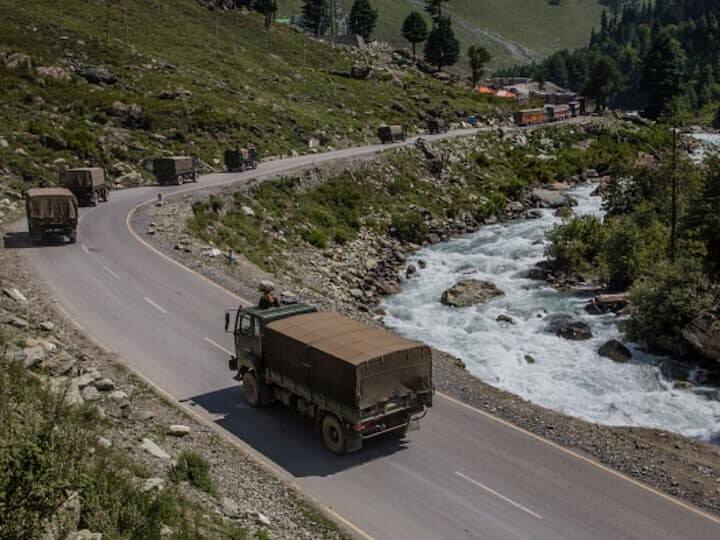
[ad_1]
India-China Border: India needed a feeder road network to move troops and military equipment to the LAC at the earliest. Which is being fulfilled by 73 roads of India-China border. Due to these roads, now Indian soldiers and military equipment rapidly reach the LAC. During the First World War, French Prime Minister Georges Benjamin Clemenceau said that the situation during war is very serious. Matters of war should be left to the generals. History is also a witness if the generals of the army were not consulted. Or if plans are made without them, even the best strategies fail. This is what we saw in the 1962 India-China war defeat.
Nehru was not even shown the Thorat scheme
The Thorat plan for the defense of Arunachal’s North East Frontier or NEFA was prepared in 1959 by Lt Gen SPP Thorat, the then Army Commander of the Eastern Command. On 8 October 1959, the Thorat plan was sent to the Army Headquarters. Where Army Chief General KS Thimaiya had also approved it. He personally showed it to the then Defense Minister VK Krishna Menon. Along with this, information about all the needs was also given. Unfortunately, Menon dismissed the plan as dangerous and unnecessary. He claimed that he had the confidence to stop the Chinese on his own with diplomacy. The Thorat plan was not even shown to the then Prime Minister of India, Jawaharlal Nehru. Indian leaders took those words of George Clemenceau as beautiful news. Because he made a big mistake.
Decision to implement Thorat plan taken after 1962 defeat
When the ceasefire was announced by the Chinese on 20 November 1962, the People’s Liberation Army (PLA) from China was present in the foothills, a few kilometers from Tezpur. The information arrived late and till November 22, Tezpur in Assam was a ghost town. People had to flee the city as the PLA advanced. Indian defenses had collapsed and the army was on the route. The country had to face a heavy defeat. The marks of this defeat are still visible somewhere on the Indian psyche. The Chinese withdrew from the watershed in NEFA, but remained in eastern Ladakh.
Road infrastructure was needed to bring NEFA back into Indian hands and return the Chinese. Fire power to capture land and roads to supply logistics were needed. The poor Chinese economy and brutal military made it impossible to maintain a strategic advantage. The PLA was spread on the ground. The Indian army had collapsed very quickly beyond their expectations. He probably had not thought of such an outcome. After the war ended, India decided to implement the same Thorat plan to protect NEFA. Which was once rejected by Menon.
Why was Ladakh different?
The geography of Ladakh was different, this was the reality here. As the Tibetan Plateau expanded, the area further into Ladakh provided easy cross-country mobility for the Chinese. Whereas Indian territory being bumpy and hilly offered friction in the terrain. Which was beneficial for the Indian defenders. The strategic calculations drawn up on the Chinese road through Aksai Chin (the road connecting Xinjiang province to Tibet and supposedly running parallel to the border) were replaced. Although the rapid deployment of troops and logistics gave a big advantage to the Chinese. While we were getting the benefit of high mountains. So we molded our defense in the same way as the Thorat plan.
In these years whenever India tried to develop its roads and infrastructure. Heavy pressure from China forced us to return. India was a weak economy from the 1960s to the 1990s. Struggling with food shortages to military challenges from Pakistan in 1965 and 1971, India has worked hard to balance and maintain its strong defenses against adversaries. As the country should do overall economic development. It was decided to keep NEFA’s infrastructure underdeveloped as part of the defense strategy due to lack of resources. The idea was to stop China on the Himalayan borders while maintaining a strong strategic issue along the Line of Actual Control.
Chinese economy created inequality in front of India!
However, the Chinese region underwent rapid changes from the eighties. Under the leadership of Deng Xiaoping, the Chinese economy took a big leap. This created an inequality in front of India. Which, despite the opening up of the Indian economy by the then Prime Minister Narasimha Rao and his Finance Minister Manmohan Singh in the early 90s, remains incomplete even after three decades.
The Chinese infrastructure in Tibet was extensively improved. Then came the economic boom. He built the 1956 km long Qinghai-Tibet Railway (QTR). Which connected Lhasa with Beijing, Chengdu, Chongqing, Guangzhou, Shanghai, Jining and Lanzhou. From a strategic point of view, all major Chinese military areas were connected to Lhasa through this railway network. A railway link was inaugurated recently in 2021 for further troop movement. Which connects Lhasa to Ningchi. Which is just 50 km away from LAC. Extensive road network, airspace and storage facilities enable troops and military equipment to be concentrated in the shortest possible time. Tibet has an impressive road network with a total length of 1,18,800 km. The Indian Army has been addressing these concerns since the late 90s, but received little attention. A lot has changed since 2017 after the Doklam standoff.
What happened in Doklam and what were its lessons
India started seeing increasing violations of the PLA across the LAC from 2010 onwards. PLA troops had infiltrated various Indian areas of 4,000 km (this side of the LAC). In a short span of three years between 2010 and 2013, there were over 500 infiltration. After the end of the 1962 war, India faced the biggest challenge from China in April 2013. The PLA had infiltrated 10 km deep into the Depsang plains in our eastern Ladakh region. The Chinese were looked after and supplied by helicopters. Which was quite effective for better infrastructure. This alerted our planners, but the worse was yet to come.
In 2017, for 73 days, Indian soldiers faced Chinese forces in a remote region of the Himalayan trijunction between Bhutan and China (Tibet). The problem started from June of that year. When Chinese army engineers attempted to build a road through the Doklam plateau. Which is claimed by both China and Bhutan. Indian troops intervened and stopped the Chinese crew in their tracks as the area was crucial for the security of the strategic Jalpaiguri corridor. Which resulted in a serious standoff between the two Asian giants.
Clashes between India-China soldiers on 15 June 2020 after 45 years
After weeks of talks, Delhi and Beijing agreed to deploy their troops back to their original positions. This frightened China, as its plans had failed. However, he quietly continued to deploy troops and build new infrastructure in the area. Slowly but surely, he was continuously carrying out his plans in this disputed area. Exactly three years later, the Indian and Chinese armies once again clashed face to face. Violent clashes between Indian and Chinese soldiers were reported for the first time after nearly 45 years in Galwan Valley on 15 June 2020. As a result of which many lives were also lost from both the sides. Large-scale mobilization and concentration of troops brought both countries to the brink of war in the midst of the Kovid-19 pandemic.
Since those skirmishes, the boundaries of the northern Himalayas have remained at a knife’s edge. Both sides are busy keeping troops and equipment deployed and upgrading their infrastructure. At the same time, both the governments have done many things diplomatically, challenging each other’s claims. But finally failed to leave the position.
border infra boom on indian border
India has built more than 3,500 km of roads in the last five years after the Doklam crisis. Accordingly, China has built military infrastructure in Tibet. Which includes 60,000 km of rail and road network. It should be noted that the Indian side is rugged and mountainous. Whereas the Chinese get the advantage of a flat and gravelly Tibetan plateau.
The Chinese are planning to build an expressway G-695. Which is running parallel to the LAC connecting the Tibet Autonomous Region with Xinjiang. This will be a new route for the PLA to rapidly move troops and heavy military equipment to the frontier areas facing India. The Chinese are building a second bridge at Pangong Tso for better connectivity between the northern and southern shores of the saline lake.
To put things in better perspective, India already has an extensive rail and road network. Which is running parallel to the Himalayas from Udhampur in Jammu North-West to Tinsukia in Assam in the Far East. This rail network is spread over 4,000 km. India needed a feeder road network to rapidly move troops and equipment to the mountains and LAC at the earliest. A feeder road network was needed to rapidly move troops and equipment up the LAC to the mountains in the shortest possible time. 73 ICBR (Indian-China Border Road) is doing exactly the same thing.
read also
BSF Recruitment 2022: Recruitment for more than 300 posts in Border Security Force, apply here
Source link


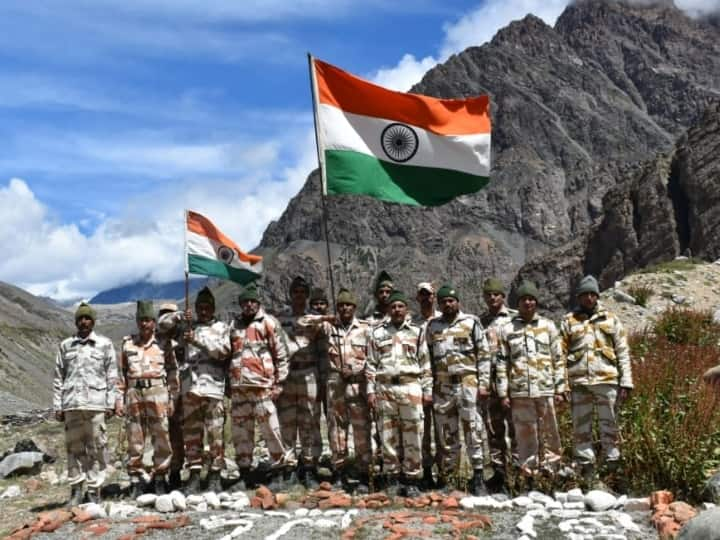
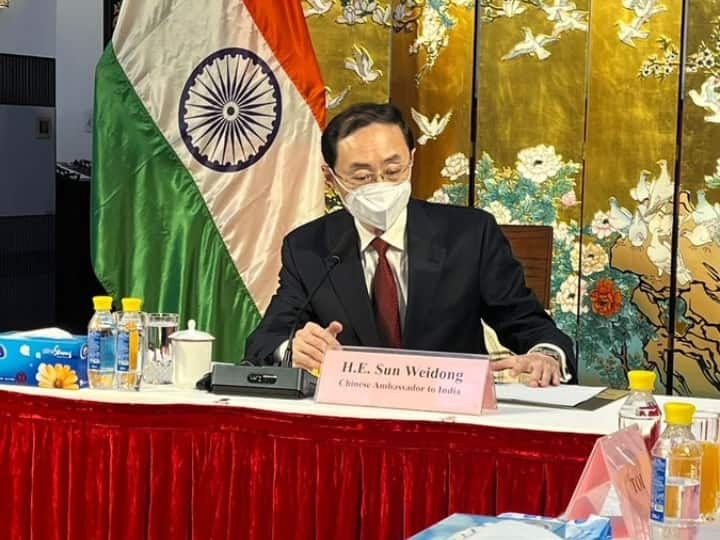
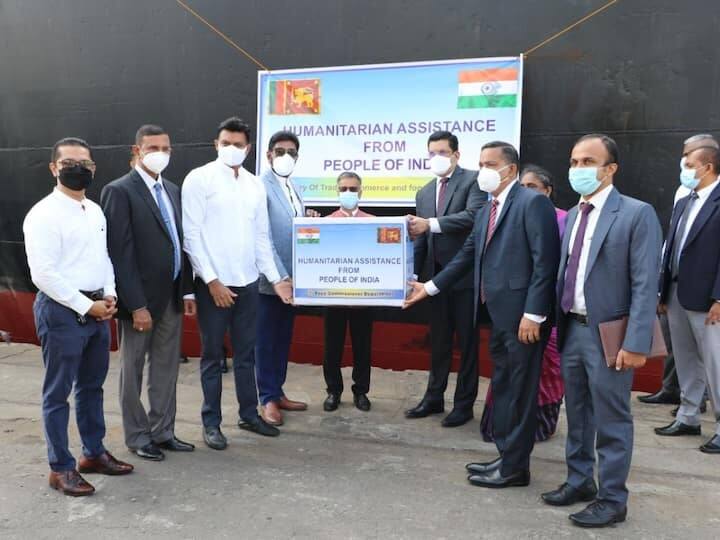

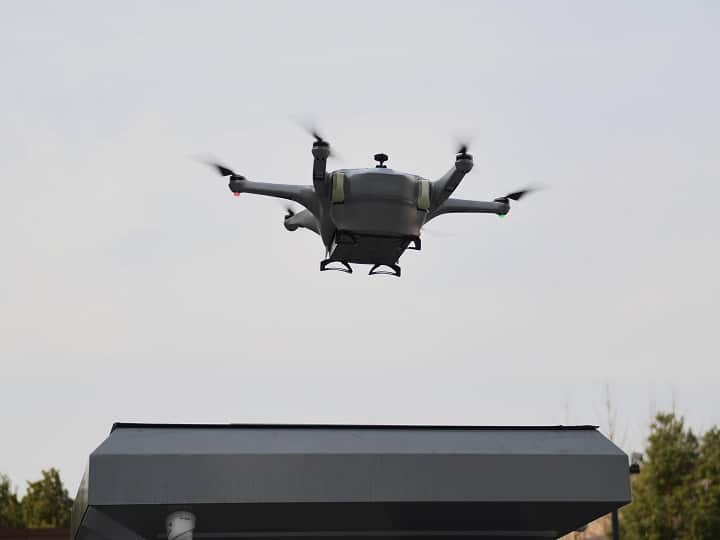
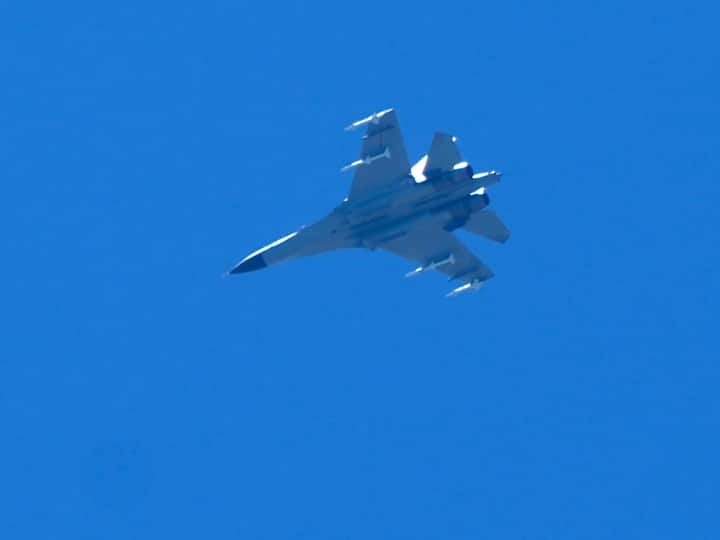

You must be logged in to post a comment Login